Polo, often referred to as "the sport of kings," is a game that demands precision, agility, and an almost symbiotic relationship between horse and rider. Among the many skills required to excel in polo, the ability to execute sharp, controlled turns stands out as one of the most critical. Turning a polo pony isn’t just about changing direction—it’s about maintaining balance, speed, and readiness for the next play. The mechanics of turning in polo are a blend of equestrian finesse and tactical awareness, making it a fascinating subject for players and enthusiasts alike.
The Foundation: Understanding the Polo Pony’s Role
Polo ponies, despite their name, are typically full-sized horses bred for agility, speed, and responsiveness. These animals are trained to respond to subtle cues from their riders, allowing for rapid changes in direction without losing momentum. Unlike in other equestrian sports, where turns might be gradual and predictable, polo requires abrupt pivots, often at full gallop. The horse’s ability to turn tightly and quickly is what separates a good polo pony from a great one.
The rider’s aids—leg pressure, weight shifts, and rein contact—play a pivotal role in guiding the horse through a turn. However, the horse’s training is equally important. A well-trained polo pony will anticipate turns based on the rider’s posture and the flow of the game, adjusting its stride and balance accordingly. This level of responsiveness doesn’t come overnight; it’s the result of meticulous training and a deep bond between horse and rider.
The Mechanics of a Polo Turn
A successful turn in polo begins with the rider’s preparation. As the player approaches the point where a turn is needed, they subtly shift their weight to the inside of the intended turn. This weight shift signals the horse to prepare for a change in direction. The rider’s outside leg reinforces the cue, applying gentle pressure to encourage the horse to step under its body with its hind legs, creating the pivot point for the turn.
Rein contact is used sparingly but effectively. Unlike in dressage, where rein aids might be more pronounced, polo turns rely on minimal rein pressure to avoid disrupting the horse’s forward momentum. The inside rein directs the horse’s head slightly toward the turn, while the outside rein maintains balance and prevents over-rotation. The horse’s neck acts as a counterbalance, helping it stay upright and agile during the maneuver.
The Importance of Footwork
The horse’s footwork during a turn is what makes the difference between a smooth pivot and a clumsy stumble. In a well-executed turn, the horse’s inside hind leg steps under its body, providing the necessary thrust to propel it into the new direction. The outside legs maintain rhythm and stability, ensuring the horse doesn’t lose its footing or speed. This coordinated movement is a testament to the horse’s athleticism and training.
Polo ponies are often trained to perform rollbacks—a type of turn where the horse stops abruptly, pivots on its hindquarters, and immediately moves in the opposite direction. This maneuver is particularly useful in game situations where quick changes of direction are required to follow the ball or evade an opponent. The rollback exemplifies the horse’s ability to combine power and precision in a single motion.
Training for Tight Turns
Training a polo pony to execute sharp turns involves a combination of ground exercises and mounted drills. Lunging is a common method used to teach the horse to respond to voice commands and body language, building the foundation for later ridden work. Once under saddle, the horse is introduced to circles and serpentines, gradually decreasing the radius of the turns to improve flexibility and responsiveness.
Polo-specific drills, such as figure-eights around barrels or cones, help the horse develop the muscle memory needed for quick directional changes. These exercises also strengthen the horse’s hindquarters, which are crucial for generating the power required in tight turns. Over time, the horse learns to anticipate turns and adjust its stride without explicit cues from the rider, a skill that becomes invaluable during fast-paced matches.
The Rider’s Role in Perfecting the Turn
While the horse’s training is essential, the rider’s technique is equally important. A skilled polo player knows how to use their body to communicate with the horse effectively. Leaning too far into a turn can throw the horse off balance, while insufficient weight shift might result in a wide, sluggish turn. The rider must also maintain a secure seat, as the forces generated during a sharp turn can easily unseat an unprepared player.
Timing is another critical factor. In the heat of a game, turns must be executed at precisely the right moment to capitalize on opportunities or defend against opponents. A split-second delay can mean the difference between gaining possession of the ball or losing it to the opposing team. This level of precision requires not only skill but also an intuitive understanding of the game’s flow.
The Evolution of Turning Techniques
Polo has evolved significantly over the centuries, and so have the techniques used to turn horses. Early polo matches, played in Persia and other parts of Asia, featured slower, more deliberate turns due to the heavier build of the horses used. As the sport spread to the West and lighter, more agile breeds were introduced, turning techniques became sharper and more dynamic.
Modern polo ponies, often Thoroughbreds or crosses with Argentine Criollos, are bred for speed and maneuverability. This has allowed for even tighter turns and faster gameplay. Advances in training methods, such as the use of video analysis and specialized fitness regimes, have further refined the art of turning, enabling players to push the limits of what’s possible on the field.
The Psychological Aspect: Trust Between Horse and Rider
Beyond the physical mechanics, turning in polo is also a psychological dance between horse and rider. The horse must trust the rider’s cues implicitly, knowing that a sudden turn won’t lead to a fall or injury. Likewise, the rider must trust the horse to respond correctly, even in high-pressure situations. This mutual trust is built over years of training and competition, creating a partnership that is as much about intuition as it is about skill.
In competitive polo, where split-second decisions can determine the outcome of a match, this trust is paramount. A horse that hesitates or misreads a cue can cost the team valuable opportunities. Conversely, a well-tuned partnership can turn the tide of a game, allowing for breathtaking plays that leave spectators in awe.
Conclusion: The Turn as a Symphony of Skill
Turning in polo is more than just a technical maneuver—it’s a symphony of coordination, training, and trust. From the horse’s footwork to the rider’s subtle cues, every element must harmonize to create a seamless pivot. Whether executing a rollback to evade an opponent or a quick turn to chase down the ball, the artistry of the turn is what makes polo such a thrilling sport to watch and play.
As the sport continues to evolve, so too will the techniques and training methods used to perfect these turns. Yet, at its core, the essence of turning in polo will always remain the same: a testament to the extraordinary bond between horse and rider, and the relentless pursuit of precision on the field.
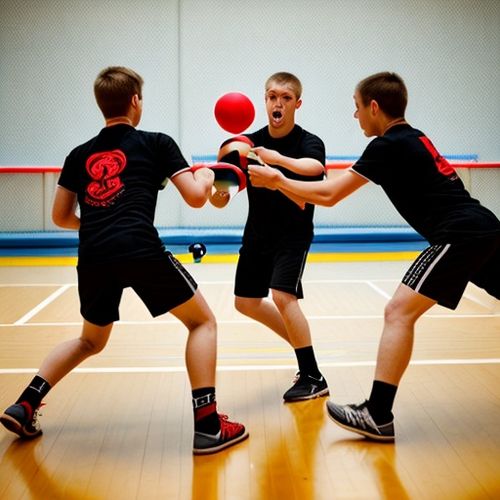
By Christopher Harris/May 8, 2025
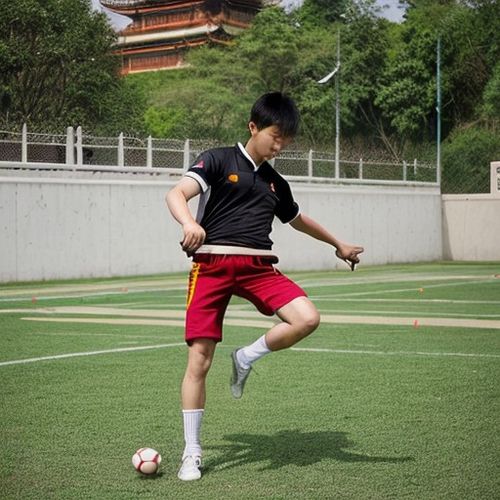
By Laura Wilson/May 8, 2025
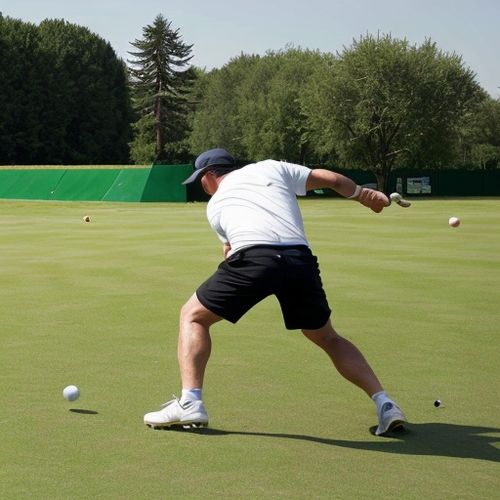
By Amanda Phillips/May 8, 2025
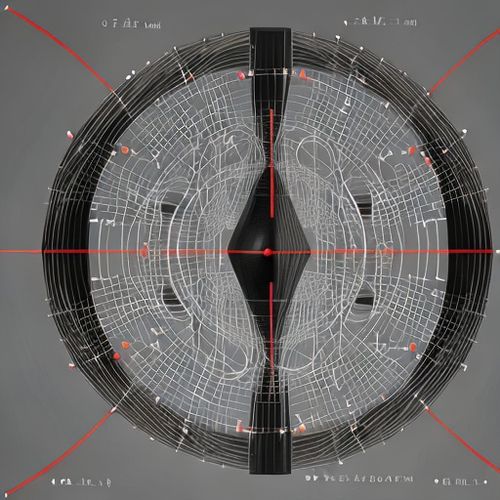
By William Miller/May 8, 2025
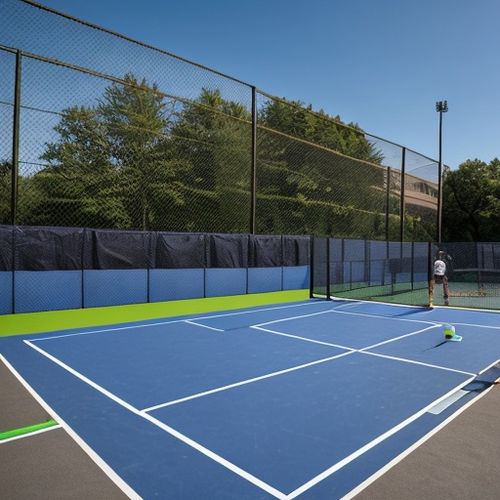
By Noah Bell/May 8, 2025
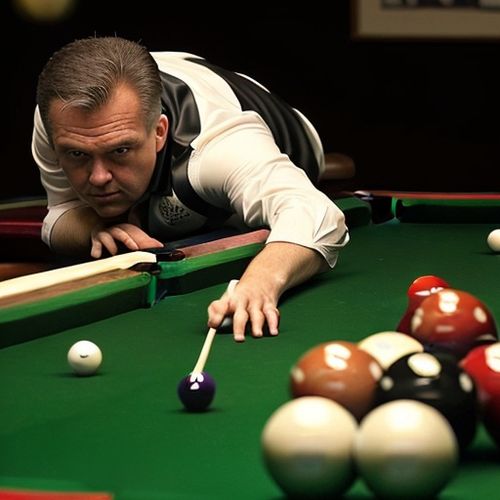
By Elizabeth Taylor/May 8, 2025
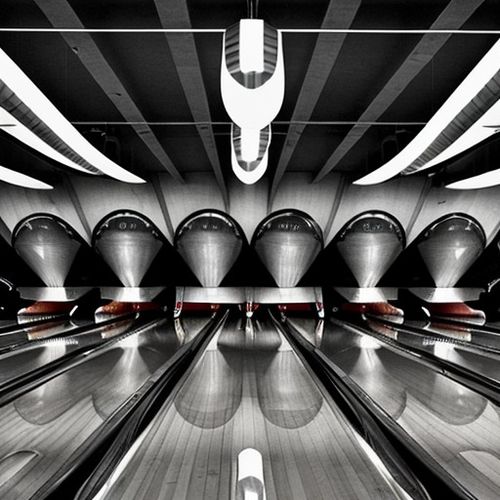
By Joshua Howard/May 8, 2025
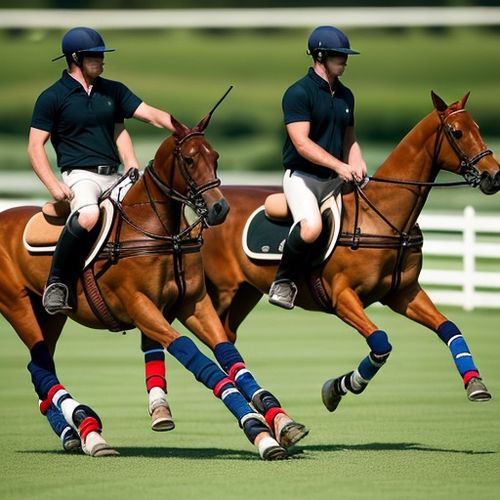
By Ryan Martin/May 8, 2025
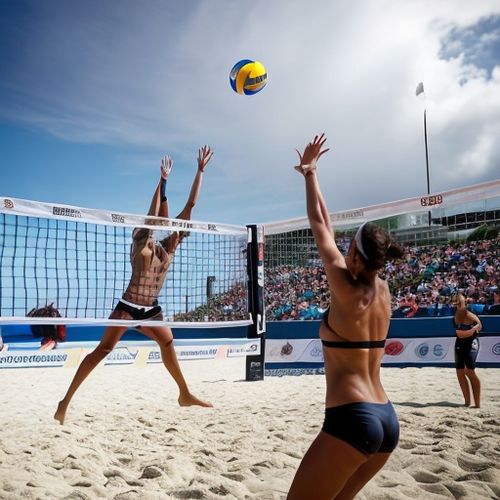
By George Bailey/May 8, 2025
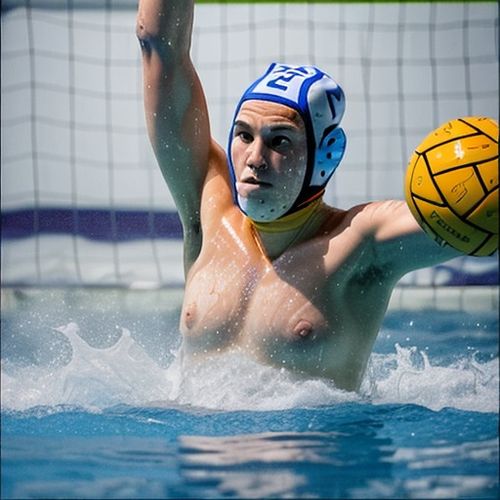
By Natalie Campbell/May 8, 2025
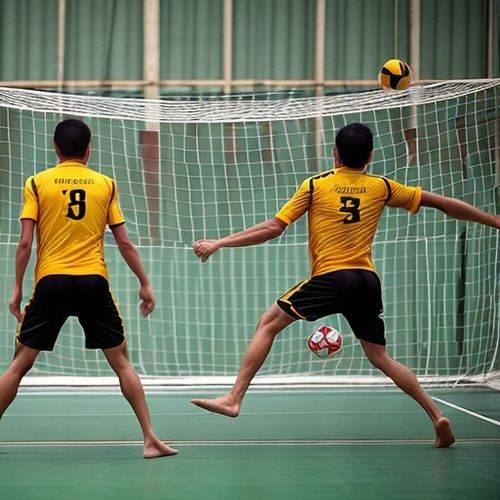
By Joshua Howard/May 8, 2025
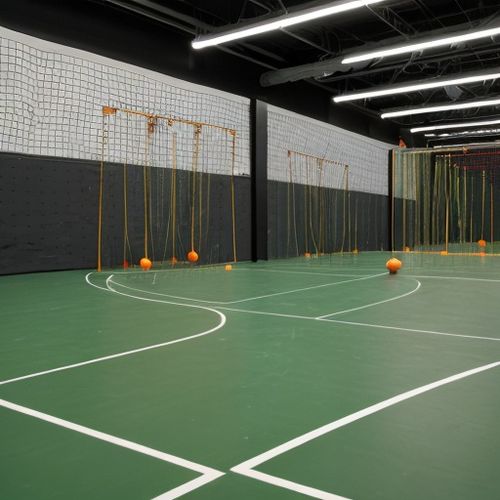
By Elizabeth Taylor/May 8, 2025
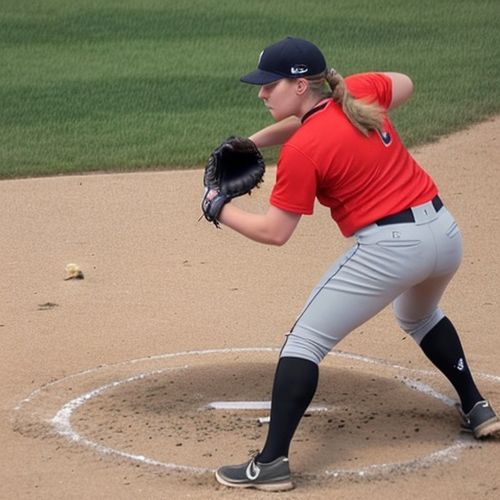
By Samuel Cooper/May 8, 2025
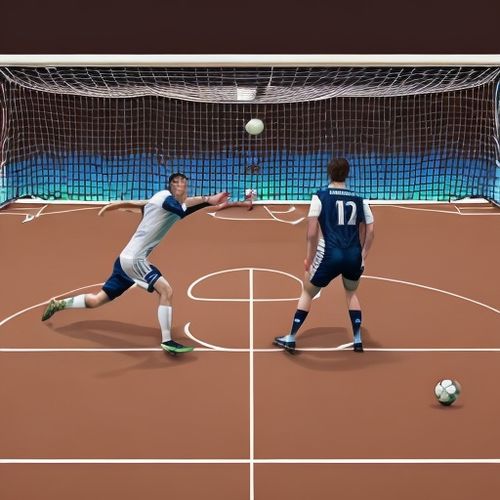
By Joshua Howard/May 8, 2025
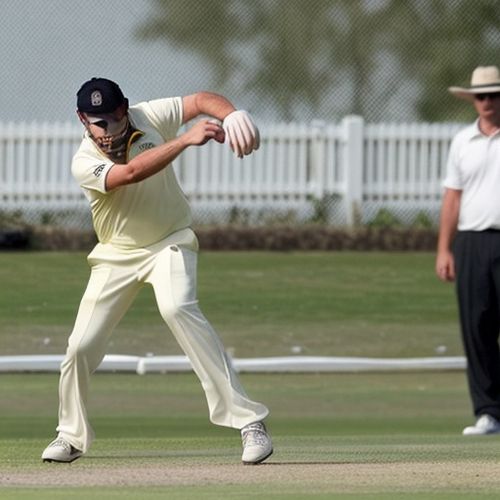
By Grace Cox/May 8, 2025
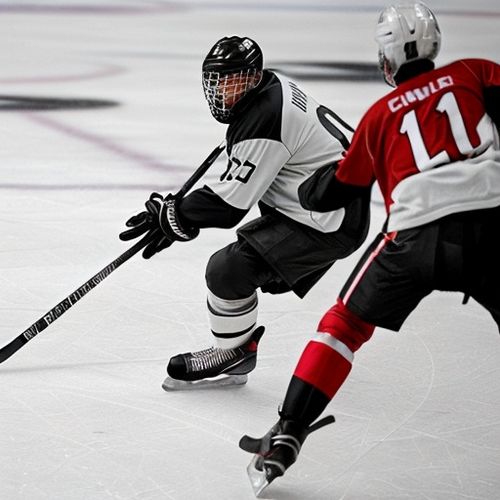
By Christopher Harris/May 8, 2025

By Samuel Cooper/May 8, 2025
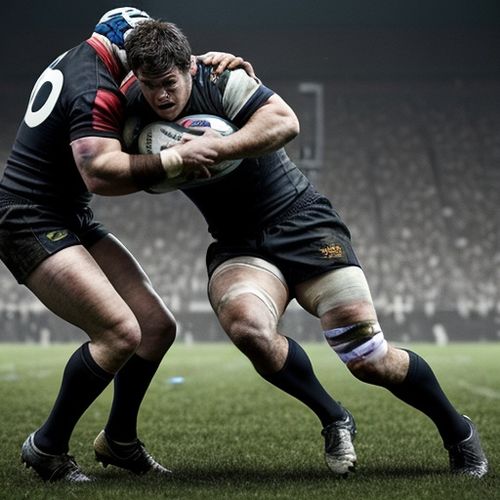
By Sophia Lewis/May 8, 2025
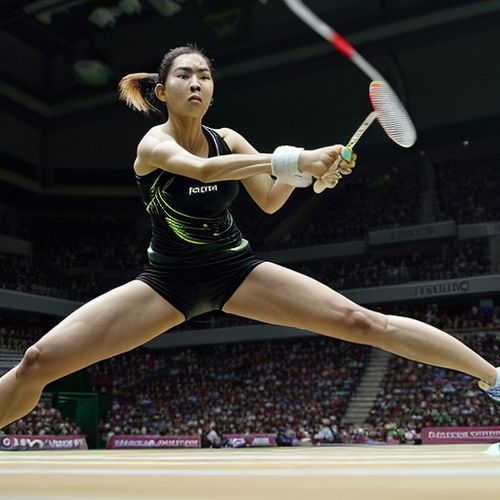
By Eric Ward/May 8, 2025

By Sarah Davis/May 8, 2025